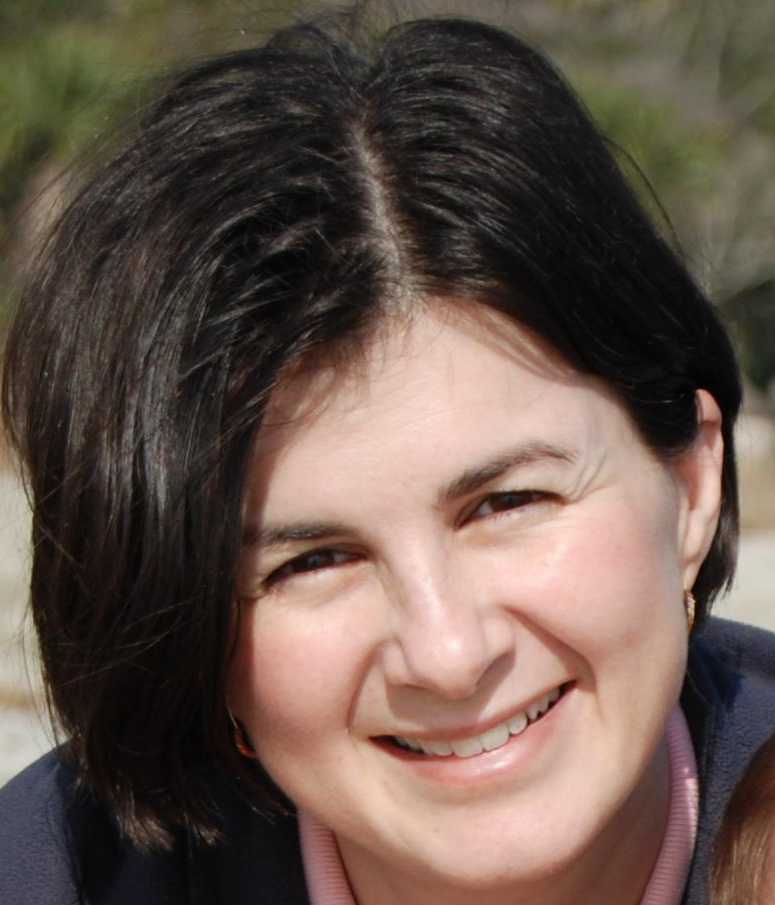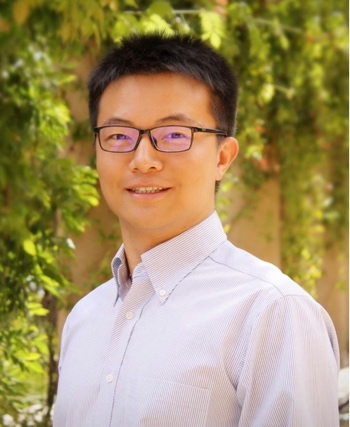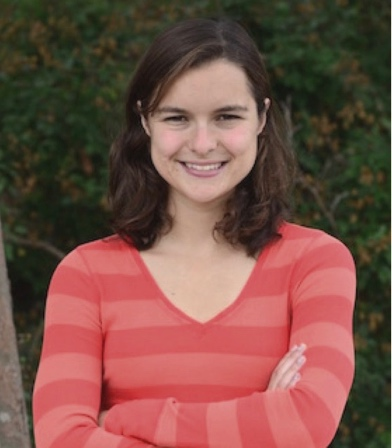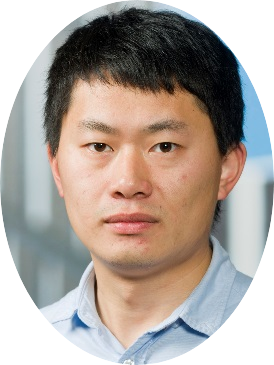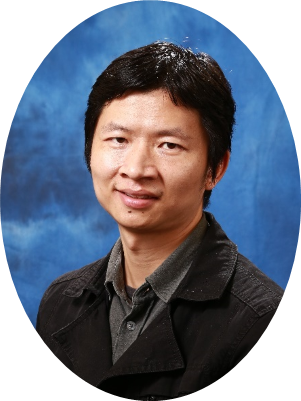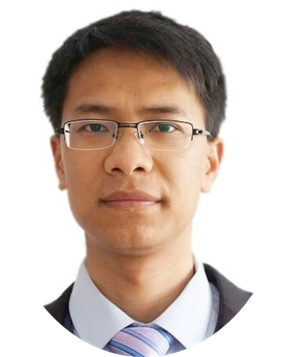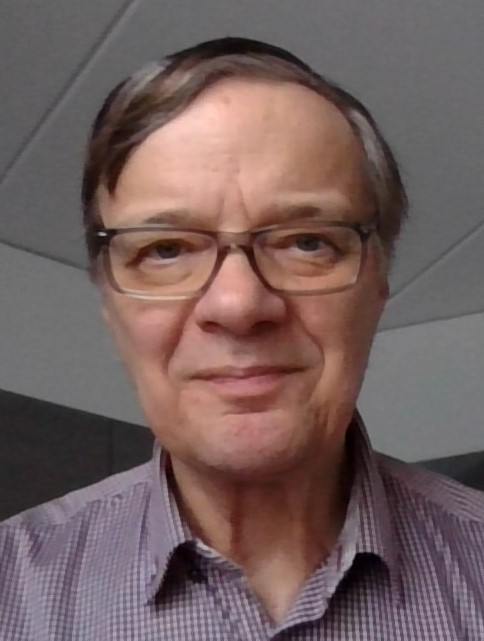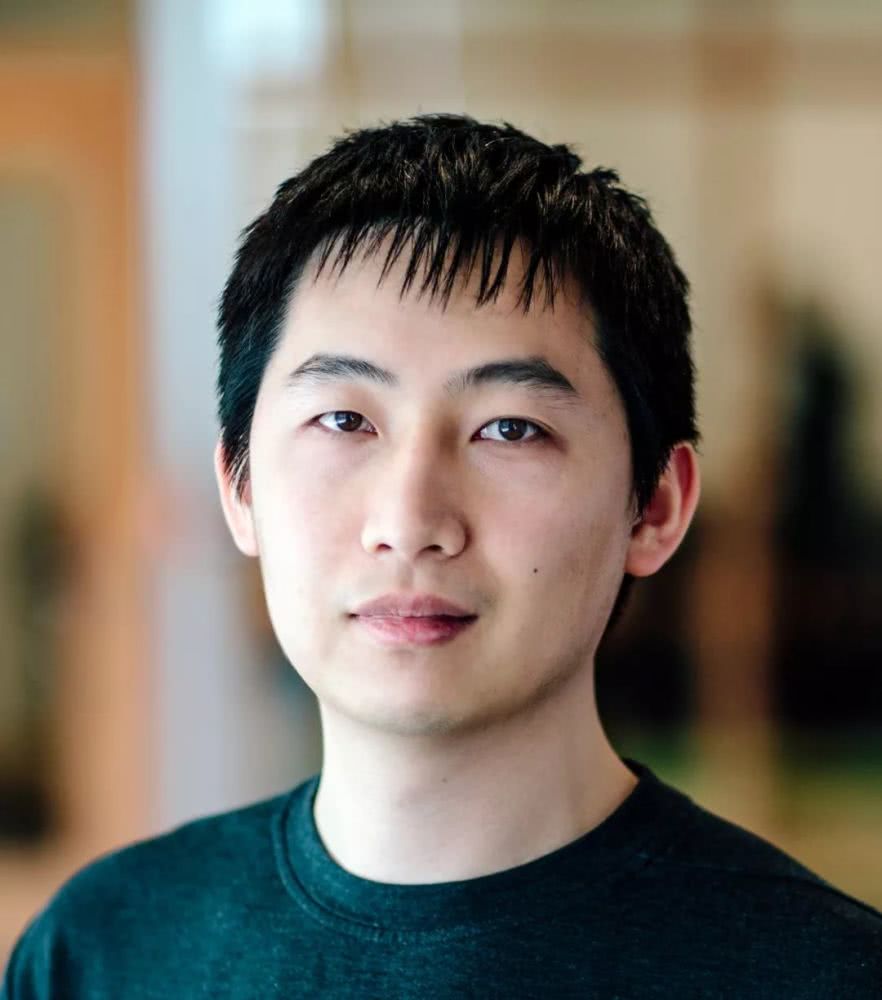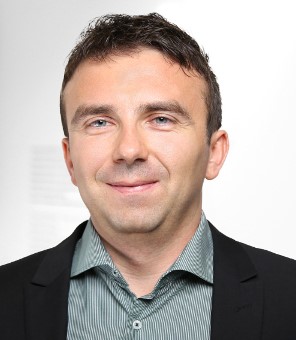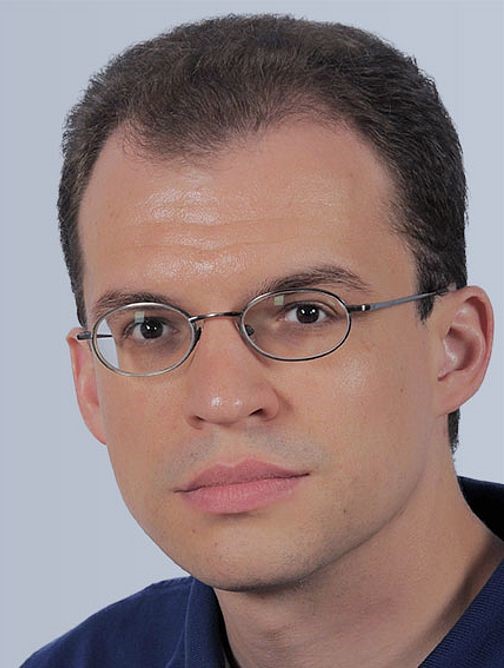Keynote Speakers
Abstract: Machine learning (ML) applications have entered and impacted our lives unlike any other technology advance from the recent past. While the holy grail for judging the quality of a ML model has largely been serving accuracy, and only recently its resource usage, neither of these metrics translate directly to energy efficiency, runtime, or mobile device battery lifetime. This talk uncovers the need for building accurate, platform‐specific power and latency models for convolutional neural networks (CNNs) and efficient hardware-aware CNN design methodologies, thus allowing machine learners and hardware designers to identify not just the best accuracy NN configuration, but also those that satisfy given hardware constraints. Our proposed modeling framework is applicable to both high‐end and mobile platforms and achieves 88.24% accuracy for latency, 88.34% for power, and 97.21% for energy prediction. Using similar predictive models, we demonstrate a novel differentiable neural architecture search (NAS) framework, dubbed Single-Path NAS, that uses one single-path over-parameterized CNN to encode all architectural decisions based on shared convolutional kernel parameters. Single-Path NAS achieves state-of-the-art top-1 ImageNet accuracy (75.62%), outperforming existing mobile NAS methods for similar latency constraints (∼80ms) and finds the final configuration up to 5,000× faster compared to prior work. Combined with our quantized and pruned CNNs that customize precision and pruning level in a layer-wise fashion, such a modeling, analysis, and optimization framework is poised to lead to true co-design of hardware and ML model, orders of magnitude faster than state of the art, while satisfying both accuracy and latency or energy constraints.
Biography: Diana Marculescu is Department Chair, Cockrell Family Chair for Engineering Leadership #5, and Professor, Motorola Regents Chair in Electrical and Computer Engineering #2, at the University of Texas at Austin. Before joining UT Austin in December 2019, she was the David Edward Schramm Professor of Electrical and Computer Engineering, the Founding Director of the College of Engineering Center for Faculty Success (2015-2019) and has served as Associate Department Head for Academic Affairs in Electrical and Computer Engineering (2014-2018), all at Carnegie Mellon University. She received the Dipl.Ing. degree in computer science from the Polytechnic University of Bucharest, Bucharest, Romania (1991), and the Ph.D. degree in computer engineering from the University of Southern California, Los Angeles, CA (1998). Her research interests include energy- and reliability-aware computing, hardware aware machine learning, and computing for sustainability and natural science applications. Diana was a recipient of the National Science Foundation Faculty Career Award (2000-2004), the ACM SIGDA Technical Leadership Award (2003), the Carnegie Institute of Technology George Tallman Ladd Research Award (2004), and several best paper awards. She was an IEEE Circuits and Systems Society Distinguished Lecturer (2004-2005) and the Chair of the Association for Computing Machinery (ACM) Special Interest Group on Design Automation (2005-2009). Diana chaired several conferences and symposia in her area and is currently an Associate Editor for IEEE Transactions on Computer-Aided Design of Integrated Circuits and Systems. She was selected as an ELATE Fellow (2013-2014), and is the recipient of an Australian Research Council Future Fellowship (2013-2017), the Marie R. Pistilli Women in EDA Achievement Award (2014), and the Barbara Lazarus Award from Carnegie Mellon University (2018). Diana is a Fellow of ACM and IEEE.
Abstract: Enabling the efficient processing of deep neural networks (DNNs) has becoming increasingly important to enable the deployment of DNNs on a wide range of platforms, for a wide range of applications. To address this need, there has been a significant amount of work in recent years on designing DNN accelerators and developing approaches for efficient DNN processing that spans the computer vision, machine learning, and hardware/systems architecture communities. Given the volume of work, it would not be feasible to cover them all in a single talk. Instead, this talk will focus on *how* to evaluate these different approaches, which include the design of DNN accelerators and DNN models. It will also highlight the key metrics that should be measured and compared and present tools that can assist in the evaluation.
Biography: Vivienne Sze is an associate professor of electrical engineering and computer science at MIT. She is also the director of the Energy-Efficient Multimedia Systems research group at the Research Lab of Electronics (RLE). Sze works on computing systems that enable energy-efficient machine learning, computer vision, and video compression/processing for a wide range of applications, including autonomous navigation, digital health, and the internet of things. She is widely recognized for her leading work in these areas and has received many awards, including the AFOSR and DARPA Young Faculty Award, the Edgerton Faculty Award, several faculty awards from Google, Facebook, and Qualcomm, the 2018 Symposium on VLSI Circuits Best Student Paper Award, the 2017 CICC Outstanding Invited Paper Award, and the 2016 IEEE Micro Top Picks Award. As a member of the JCT-VC team, she received the Primetime Engineering Emmy Award for the development of the HEVC video compression standard.
For more information about research in the Energy-Efficient Multimedia Systems Group at MIT visit: http://www.rle.mit.edu/eems/
Abstract: Last June, researchers released a startling report estimating that the amount of power required for neural architecture search involves the emissions of roughly 626,000 pounds of carbon dioxide. That’s equivalent to nearly five times the lifetime emissions of the average U.S. car, including its manufacturing. This issue gets even more severe in the model deployment phase, where deep neural networks need to be deployed on diverse hardware platforms, including resource-constrained edge devices. I will present a new NAS system for searching and running neural networks efficiently, the once-for-all network (OFA). By decoupling model training and architecture search, OFA can reduce the pounds of carbon emissions involved in neural architecture search by thousands of times. OFA can produce a surprisingly large number of sub-networks (> 10^19) that can fit different hardware platforms and latency constraints. By exploiting weight sharing and progressive shrinking, the produced model consistently outperforms state-of-the-art NAS methods including MobileNet-v3 and EfficientNet (up to 4.0% ImageNet top1 accuracy improvement over MobileNetV3, or same accuracy but 1.5x faster than MobileNetV3, 2.6x faster than EfficientNet). In particular, OFA achieves a SOTA 80.0% ImageNet top-1 accuracy under the mobile setting ($<$600M MACs). OFA is the winning solution for the 3rd and 4th Low Power Computer Vision Challenge (LPCVC). Project page and code is available: https://ofa.mit.edu.
Biography: Song Han is an assistant professor in MIT’s Department of Electrical Engineering and Computer Science. His research focuses on efficient deep learning computing. He proposed “deep compression” technique that can reduce neural network size by an order of magnitude without losing accuracy, and the hardware implementation “efficient inference engine” that first exploited weight pruning and sparsity in deep learning accelerators, which impacted NVIDIA's Ampere GPU architecture. Recently he is interested in neural architecture search for efficient TinyML models. He is a recipient of NSF CAREER Award, MIT Technology Review Innovators Under 35, best paper award at the ICLR’16 and FPGA’17, Facebook Faculty Award, SONY Faculty Award, AWS Machine Learning Award.
Abstract: While meta-learning has shown tremendous potential for enabling learning and generalization from only a few examples, its success beyond few-shot learning has remained less clear. In this talk, I'll discuss our recent work that studies new challenges including handling distribution shift, discovering equivariances from data, and generalizing to qualitatively distinct tasks. In doing so, I'll shed light on the potential for meta-learning to tackle these problems, and the challenges that remain.
Biography: Chelsea Finn completed her Ph.D. in computer science at UC Berkeley and her B.S. in electrical engineering and computer science at MIT. Now she is a research scientist at Google Brain, a post-doc at Berkeley AI Research Lab (BAIR), and an acting assistant professor at Stanford. She will join the Stanford Computer Science faculty full time, starting in Fall 2019. She is interested in how algorithms can enable machines to acquire more general notions of intelligence through learning and interaction, allowing them to autonomously learn a variety of complex sensorimotor skills in real-world settings. This includes learning deep representations for representing complex skills from raw sensory inputs, enabling machines to learn through interaction without human supervision, and allowing systems to build upon what they’ve learned previously to acquire new capabilities with small amounts of experience.
